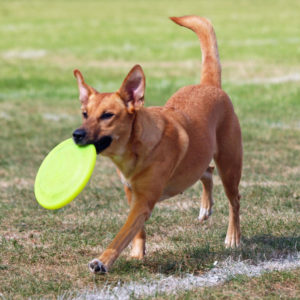Which dogs get sunburned?
Some dogs are more susceptible to getting burned by the sun. White dogs, for instance, tend to have fair skin underneath their fur — and a greater potential f
or sun damage. Dogs with naturally thin hair, and especially the hairless breeds are also at risk for sunburn and skin cancer. All canines, regardless of the thickness of their coats, have vulnerable areas of the body with less fur or none at all. The belly and the ears have delicate skin, and even a dog’s nose can become dried out and sore.
Prevention Shade
Some well-intentioned pet owners shave their dogs in an effort to keep them cool in the summer, but doing so exposes “virgin” skin to the sun. A better cooling tactic is to always provide shade—a big umbrella at the beach, a shady tree at a park, a roof for your backyard patio, or a sun-block top for an outdoor kennel. Your dog will instinctively seek shelter from the sun when the rays become too intense.
Walk your dog early in the morning or later in the evening to avoid the hottest part of the day. Not only will this prevent your dog’s skin burning in the sun’s hot rays, but paths and roads will be cooler and prevent burns to your pup’s delicate paws.
Slip-Slop-Slap
It is important that you use a pet-friendly sunscreen to prevent potential harm caused by licking and ingestion. Our animal hospitals stock effective sunscreens which are formulated especially for dogs. Apply sunblock to the tips of the ears, nose, belly, and groin areas. There are also a number of sun hats available for dogs, however some dogs may not tolerate these and will become distressed.
To learn more about what Creative Shade Solutions can do, contact us today to get started.

